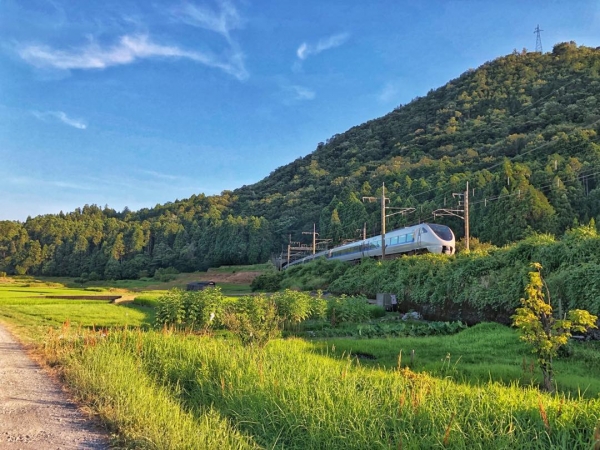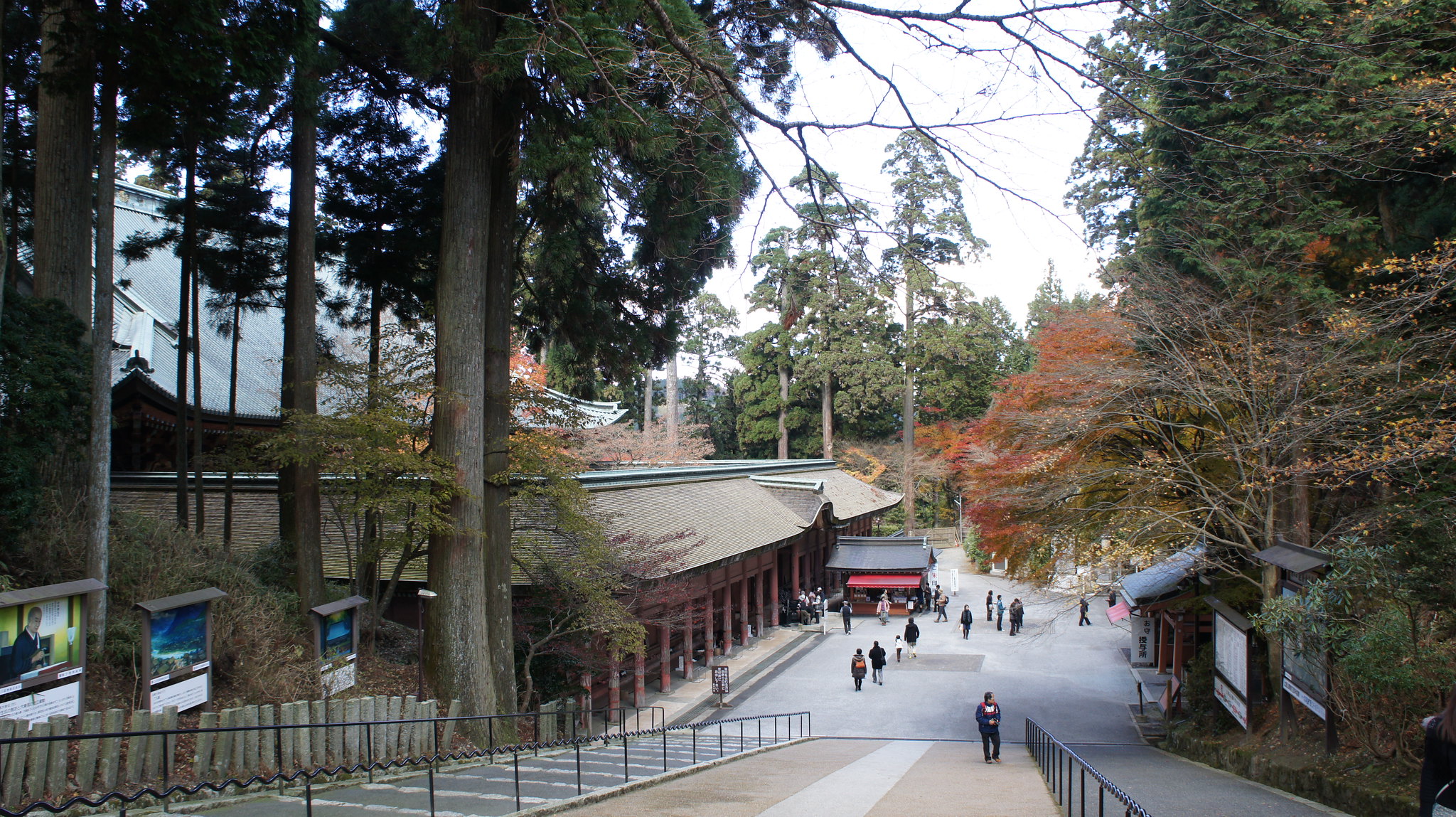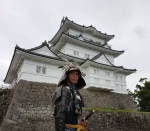A journey of discovery: Shiga-t feelings for me? (Part 1)

My trip to Shiga Prefecture (滋賀県 Shiga-ken) will always be one of my most memorable. The year was 2018. The Shiga-native Japanese girl I was in contact with started becoming distant, and as I had feelings for her, it affected me considerably. After a lot of thought, and some strategic finance cutting, I made the decision to visit her in Japan, one last time. “For answers, or maybe closure?” I thought to myself. And that is where the journey began—one that started off for answers, to one of—cue JNTO’s tagline—endless discovery.
Located in the Kansai Region of Japan, Shiga is inevitably overshadowed by its more popular neighbour, Kyoto. But Shiga is much more than that—Shiga lies at the centre of Japanese history, with its well-preserved heritage sites, untouched nature, rural countryside, and festivals.
Biwako, びわ湖, and 琵琶湖

Biwako in all its Glory. (Image credit: John Ong)
No matter where you are in Shiga, it is hard to miss its crown jewel Biwako (琵琶湖). Biwako was the first thing I saw when I arrived at Shiga! The hugeness of the lake will always be the best first impression I had of Shiga—one really has to see it to believe it. Biwako is completely encapsulated within the prefecture, so it is really hard to miss. There are many activities that one can partake in at various locations around Biwako.
Behind that smile was someone who was shaking like mad. (Image credit: John Ong)
To the West, Biwako Valley (びわ湖バレイ) offers various outdoor activities, such as an adventure trail during the summer and a ski field during the winter. For the adventurous, my personal recommendation is the seven-course Adventure Zipline. As someone who is afraid of heights, it was a huge leap of faith. I almost chickened out! However, the panoramic view of Biwako and the thrill of stepping out my comfort zone gave me that final push, leaving me with no regrets. The ropeway that whisk you to the top also provides unobstructed views of the surrounding, regardless of season.


(Image credit: John Ong)
There are various viewing spots and cafes along the shoreline that allows one to relax and enjoy the view that stretches endlessly. It is perfect for anyone who would like to take a break from the hustle and bustle of life. I dined at a cafe called Anchovy along the Otsu shoreline of Nagisa Terrace (なぎさのテラス).
(Image credit: John Ong)
Psst, the sunset is absolutely stunning. (Image credit: John Ong)
Biwako Valley (びわ湖バレイ)
Address: 1547-1 Kido, Otsu, Shiga 520-0514
Nearest station: JR Shiga Station (JR志賀駅)
Nearest bus stop: Ropeway Bottom Station (ロープウェイ山麓駅前)
Opening hours: 09:30–17:00 (May–Nov on weekdays), 09:00–17:00 (May–Nov on weekends) 08:30–16:30 (Dec–Mar) (Closed on selected days, please check their calendar in advance)
Admission fee (Ropeway in May–Nov): ¥2,700 (Adults), ¥1,000 (Age 7–12), ¥600 (Age 3–6)
Admission fee (Ropeway in Dec–Mar): ¥3,000 (Adult), ¥1,500 (Age 7–12), ¥1,000 (Age 3–6)
Tel: +81-077-592-1155
ANCHOVY @ Nagisa Terrace (アンチョビ @ なぎさのテラス)
Address: 15 Uchidehama, Otsu, Shiga 520-0806
Opening hours: 11:30–14:30, 17:30–22:30 (Last order: 21:30)
Tel: +81-77-522-1811
The journey begins

Tamago Sando—a traveller’s good friend. (Image credit: John Ong)
I started my second day early. With my trusty Tamago Sando (たまごサンド egg sandwich) from 7-Eleven in my hand, I began my exploration of Western Shiga. The train ride from Otsu Station (大津駅) to my first destination was a treat. Seeing is believing, so I will let the pictures speak for themselves. Be sure to grab a window seat!

(Image credit: John Ong)

(Image credit: go.biwako)
Do you remember when I mentioned earlier on how Shiga has many well-preserved heritage sites? Some highlights would be Mount Hiei (比叡山) and Hieizan Enryakuji (比叡山延暦寺). Hieizan Enryakuji is one of the most important monasteries in Japan. Situated at the peak of Mount Hiei, the current temple complex dates back to the 16th Century. History buffs would know it as the site that was burned down by Daimyo Oda Nobunaga (織田信長) during his conquest of Japan. Hieizan Enryakuji is a must-visit when in Shiga, whether it is to explore or to experience the daily lives of the monks living there. The cable car ride up is also a treat, with a retro-esque interior that invokes a sense of bygone times. It is a journey that makes you feel like you’ve been transported into another world.

(Image credit: go.biwako)

(Image credit: go.biwako)
Hieizan Enryakuji (比叡山延暦寺)
Address: 4220 Sakamotohonmachi, Otsu, Shiga 520-0116
Nearest station: JR Hieizan Sakamoto Station (JR比叡山坂本駅)
Opening hours: 08:30–16:30 (varies by season)
Admission fee: ¥700 (Adult), ¥500 (Junior High & High School Students), ¥300 (Elementary School Students)
Admission fee (Sakamoto Cable Car): ¥1,800 (Adult), ¥900 (Children)
Tel: +81-77-578-0001
Off the beaten path
(Image credit: John Ong)
After departing Hieizan Sakamoto Station, heading upwards along the rural west of Shiga, I arrived at Omi-Takashima Station (近江高島駅). Omi-Takashima is a small town, surrounded by rice fields and rustic traditional houses of Japanese architecture; iconic of Japanese countryside. A truly off-the-beaten-path location, but herein lies a special little gem called Shirahige Shrine (白髭神社 Shirahige-jinja). Shirahige Shrine is often hailed as the “Itsukushima of Omi”—Omi being the ancient name of Shiga—paying homage to the Itsukushima Shrine in Hiroshima. The shrine boasts its own “floating-on-water” torii gate minus the swarm of international tourists. This is what makes the shrine such a gem.
Same Same, but Different. (Image credit: John Ong)
Shirahige Shrine is also dedicated to the Shinto God of longevity, marriage and academia: Sarutahiko Okami (猿田彦大神). For those who wish to have a long and healthy life, you know where to go. It takes you about 30–45 minutes on foot to get from the station to the shrine, provided you do not get lost along the way or get too mesmerised by the spectacular view surrounding the town. I know I did (for both).
However, therein lies the beauty of traveling—getting lost along the way only to discover things that you might have missed. My walk took me through eerie abandoned houses, hidden gems and pleasant winds that swept my way. When I left the shrine, I was greeted by the setting sun, as it slowly painted the blue summer sky bright orange.
(Image credit: John Ong)
Simply breathtaking. (Image credit: John Ong)
Shirahige Shrine (白髭神社)
Address: 215 Ukawa, Takashima, Shiga 520-1122
Nearest station: JR Omi-Takashima Station (JR近江高島駅)
Opening hours: 06:00–17:00
Admission fee: Free
Tel: +81-740-36-1555
In closing...
(Image credit: John Ong)
To be honest, I did not have any expectations when I went on this trip. Coupled with the fact no one I knew had any information on Shiga, my pre-trip research was limited at best. Sounds like a recipe for a failed trip, yeah? I am glad to say that what happened was quite the contrary. I was completely awestruck by the beauty of Shiga. Its lush fields and rural countryside merged with the mountains that surrounded it, almost seamlessly. The view at Biwako, which Shiga surrounds, felt like something that came straight out of a painting. Seeing it with my own eyes swept away any negative emotion I had, lighting up a spark in me: I want to discover the best Shiga has to offer. With a renewed sense of purpose, I set out on my adventure.
Did I get an answer from the Japanese girl, though? Find out in Part 2 of my journey as I talk about Eastern Shiga. Till then, I hope you enjoyed this article on Western Shiga. Stay safe!
Header image credit: John Ong





